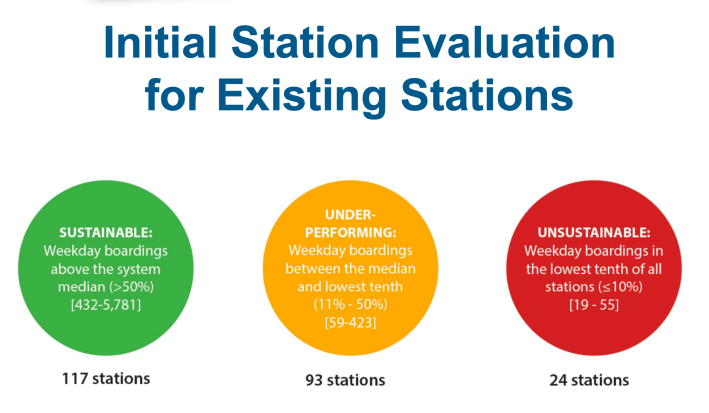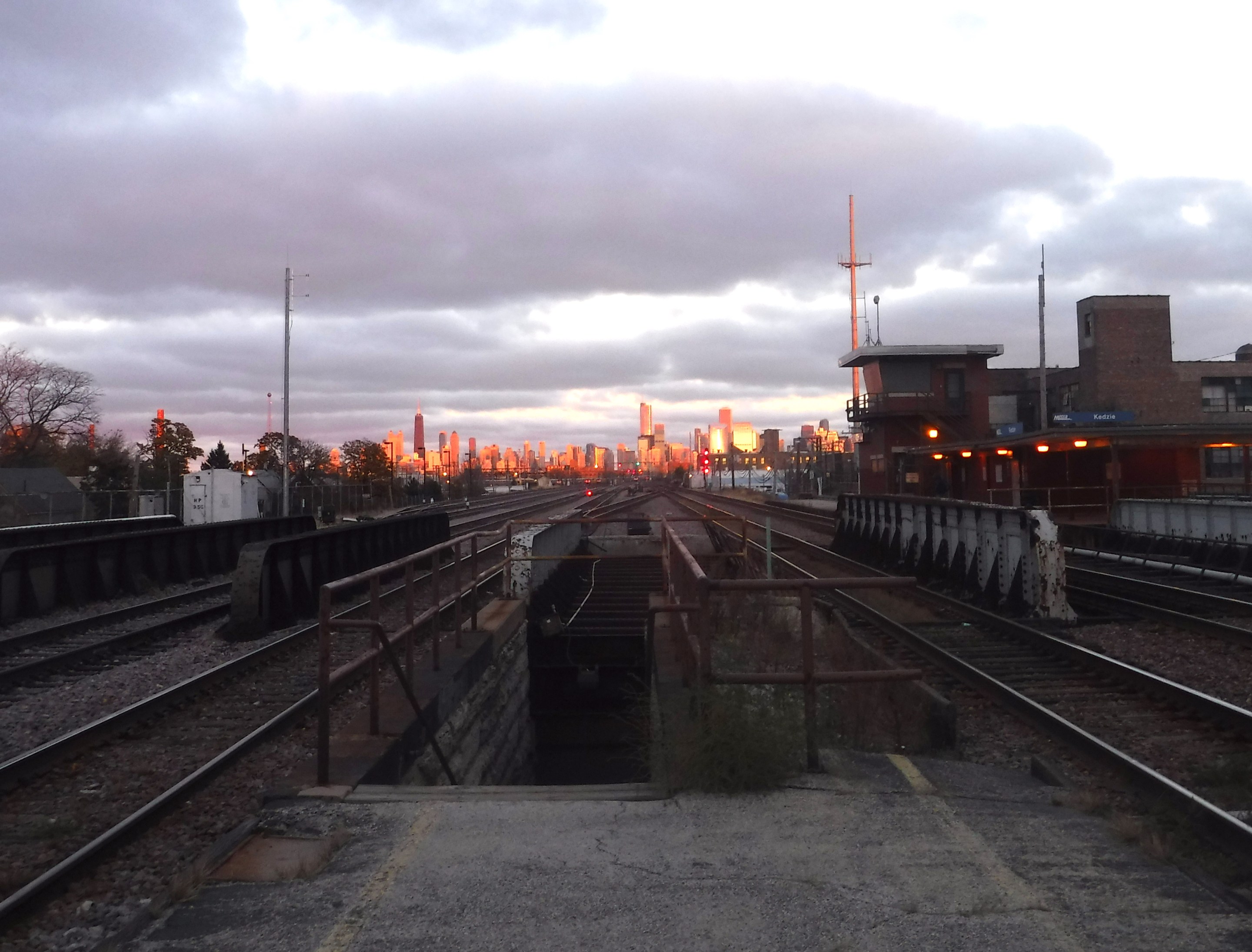Metra's Board of Directors is preparing to approve a policy for adding new stations and closing down existing stations that could potentially slash the number of South Side stations.
The preliminary draft of the station evaluation policy was released for public comment following the railroad's March 2019 board meeting. The board expects to approve the policy during its May 15 meeting, when 2018 ridership numbers will be released. The changes are being described as part of the transit agency's effort to make “the most effective use” its the limited funding,
Based on the 2016 numbers, if the cuts do take effect, the South Side would bear the brunt of them. The Metra Electric Line's Blue Island branch could lose all of its Chicago stations, effectively removing all rail service from the West Pullman and Roseland communities. (These neighborhoods are slated to get 'L' service, if the CTA can ever find funding for the $2.3 billion south Red Line extension.)
Chicago State University could lose its Metra station, and so could the Pullman neighborhood and several neighborhoods further north. In the suburbs, Manhattan, Franklin Park, Blue Island, New Lenox, Rosemont and Schiller Park could lose stations. And while most of those municipalities have other transit options, Manhattan would lose its only public transit service.
The station evaluation policy would also set up a process for adding new infill stations to existing lines. All of the new Metra stations opened in the last ten years fell into that category. The Rock Island District line's 35th Street/”Lou” Jones/Bronzeville station opened near Sox Park in 2011. The Heritage Corridor line's Romeville station opened near the eponymous village in 2018. And the state of Illinois recently released funding for the new Union Pacific-North line Peterson Ridge station in Edgewater neighborhood and the Auburn Park station in the Auburn-Gresham community.
While anyone is free to submit requests for Metra to study the viability of new station locations, Metra wouldn't conduct a study unless a “project sponsor” pays for it. The study would look at how many riders a new stop might attract, and determine whether opening the new stop would have a net positive effect on ridership without negatively impacting existing customers.
The policy would also speed up the process for closing existing stations. It would divide all stations into three categories: sustainable, underperforming, and unsustainable. Metra will classify its stations under these categories once the 2018 ridership numbers come in. But based on the 2016 ridership stats, the most recent numbers currently available, Metra put 93 stations in the “underperforming” category and 24 in “unsustainable” category.

Underperforming stations are stations that see an average of 59-423 riders a day. For these stations, Metra will analyze why the stop is underperforming and work with surrounding community leaders to brainstorm ways to increase ridership. The 24 unsustainable stations have an average daily ridership of 55 riders or fewer. However, this classification isn't necessarily a death sentence. Metra will conduct more “deep-dive” analysis, looking at service levels, the state of the station facilities, possible service options, the potential for transit-orientated development, and operations and maintenance costs, and the potential to increase revenue from the station.
Metra will then work with the local stakeholders to determine how to boost ridership, but if it doesn't go up within a certain period of time, the transit agency will begin the process of shutting down the station. As part of that process, Metra will conduct a Title IV equity analysis and, if the closure is approved, work on “mitigation strategies” to alleviate negative impacts to the nearby community.
According to the 2016 ridership statistics, out of the 24 lowest-ridership stations, eight stations are located in the suburbs and the rest are located within Chicago city limits. The suburban stations include the Rock Island District's Prairie Street and 123rd Street stations, which are both flag stops within Blue Island, the SouthWest Service Line's Manhattan and Laraway Road stations, which get less service than most of the line, Frankin Park's Mannheim and Belmont Avenue stations, which are part of Milwaukee District-West and North Central Service lines, respectively, and the North Central Service Line's Rosemont and Schiller Park stations. Because of the volume of freight traffic on North Central Line, the line is one of only two that has no weekend passenger service, and the weekday schedule has large gaps in middle of the day and in the evenings.
The Chicago stations include all Metra Electric Blue Island branch stations within the city, most Metra Electric Line main branch stations between 63rd and 115th streets, as well as several largely weekday-rush-hour orientated stations on Chicago's West Side – the Union Pacific line's Kedzie station and the Milwaukee District-West line's Hanson Park station.
Looking at the schedule, there are some stations that are clearly underutilized. 95th Street station serves Chicago State University, while 18th Street station is the closest station to Soldier Field and the 111th Street station serves the historic Pullman neighborhood, which was designated a national monument a few years ago. And once could argue that Kedzie Station, which is located in the middle of a growing East Garfield Park arts district and within walking distance of the recently built Hatchery food business incubator, is poised to experience ridership increases in the future.
Notably, in 2017 Metra significantly changed the Metra Electric line's schedule, reducing service along the Blue Line branch and increasing service on the main line within the Chicago city limits. Furthermore, last summer Metra launched a fare pilot that, among other things, lowered fares for Blue Island branch's Chicago stations. Both of those could potentially help ridership at many of the “unsustainable” stations.
The Metra board is expected to approve the final version of the policy in May. The deep-dive analysis would start in June, and community outreach will happen sometime later this summer.
![]()
Did you appreciate this post? Consider making a donation through our PublicGood site.





